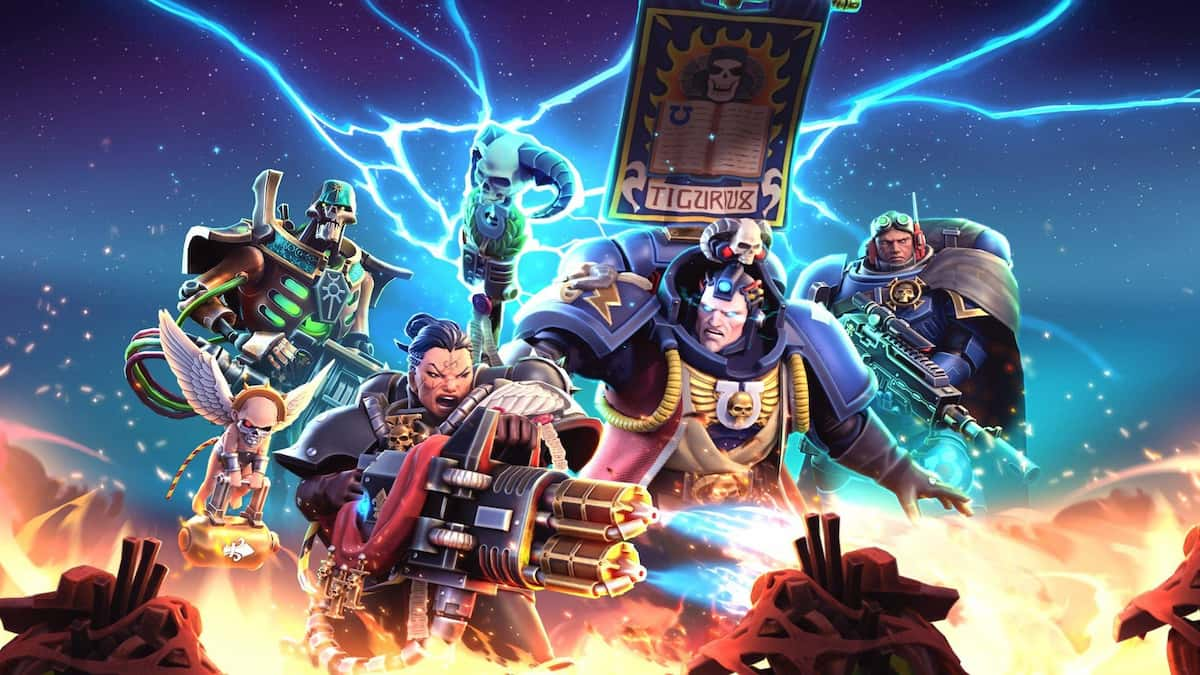Day Two. “Morning.”
I can’t say that I have any idea what time it is here. What I assumed to be mid-afternoon yesterday turned out to be a perpetual state of light. I would suspect that I have been transported to one of the poles during the summer season, but the vegetation here is more appropriate to a jungle climate. What jungle on Earth could exist at the north or south pole? Am I even on Earth anymore???
I had a few moments to myself this “morning” after I first awoke, and I tried to take better note of my surroundings. The creatures here are as perplexing as the daylight. Perfectly recognizable rabbits and birds exist alongside small pterodactyls that fly overhead in abundance. At first the appearance of these dinosaurs in the sky terrified me, but I soon realized that they are no larger than hawks, or perhaps eagles. The natives completely ignore them and I must admit, as shocking as it sounds, that I have already grown accustomed to them myself and hardly even notice them after just a few hours.
On moving farther into the unclaimed territory around these small huts, I discovered a treasure chest! Where could this have come from? The natives were thrilled when I asked one to unearth it. What kind of people could fail to open a treasure chest of their own accord? How many hours must they have spent sitting and staring at it, wondering at its contents, without lifting a finger to discover what might be inside?
Game Tip:
Try not to open treasure chests when one of your resources is full. If the chest contains a resource for which you are already at maximum capacity, the resource from the chest will be lost.
I sent the images of several stone tablets back to the professor through the comm link. He seemed fascinated although I could not make heads or tails of them. I had hardly completed this task when a rather large and garishly-dressed man calling himself Jamboa arrived and asked me to restore his hut. Apparently the natives already knew how to build huts! But why would they have built only one? And why would they not have maintained it?
I directed the clearing of several stone piles in order to access his hut and oversee its restoration. At one point the natives became highly anxious at the appearance of two large men, looking for all the world like cavemen out of some fantastical children’s tale, who shambled through the village with torches. The natives fled from them in terror, but when I grabbed the arm of the first “Murlod” he instantly slowed and shied away from me. Encouraged by his reaction, I waved my hands in his face and poked him a few times in the chest with a stern finger. This was all it took to drive each of the men away, further evidence that the natives here exhibit an astounding lack of initiative.
Excited to be “prospering” under my new “leadership,” the natives asked me to show them how to grow pumpkins for a festival they are planning. The pumpkins grew from seeds to fully matured squash in a mere half an hour, but such is the nature of this place that already I was disappointed at the result when compared to yesterday’s three-minute watermelons. And yet, how could I feel disappointed in a thirty-minute pumpkin? Such is human nature, I suppose, to become accustomed to what one has and wish it to be more than it is. I must remember to maintain a broader perspective while I am studying this place. Surely the miracle of a thirty-minute pumpkin can not be overstated, not even in comparison to a three-minute watermelon.
Game Tip:
You don’t actually have to tap on the coins that pop out of huts or the food that pops out of patches or any other “fallen resource” in the game to collect it, despite what the tutorial suggests. If you never tap the resources that fall to the “ground,” they will nonetheless collect themselves and appear in your inventory. This is tremendously useful for avoiding “quick tap” mistakes like planting a patch while trying to collect the resources that just fell from it. Simply tap any completed task once and let it collect itself.
Still Day Two. Some two or three hours later…
In keeping with the natives’ lack of initiative, I have already observed a clear tendency in the village workers to become considerably less efficient the less oversight they receive. If I pay a man 15 coins in the local currency to tend the bar, and then sit and watch him the entire time, he will net me a tidy profit of 65 coins in a mere three minutes. If, on the other hand, I pay him 120 coins to tend the same bar while I go off exploring for an hour, by the time I return he will have netted me only 300 coins rather than the 1,300 I would have expected. Are they really pocketing 77% of the profits? Or are they just that lazy?
If I cared more about the local currency I would be tempted to oversee their every move all day long, but I am too intrigued by this strange world and have too many of my own tasks to accomplish to engage in that level of micro-management.
Game Tip:
These early resource producers introduce a common theme throughout the game. Longer “deals” tend to result in higher totals, but they are not as productive as conducting shorter “deals” over and over. (Watch for exceptions though!) A watermelon patch, for example, produces 15 food in 3 minutes. A pumpkin patch produces 50 food in 30 minutes. If you just plant watermelons over and over, collecting and replanting immediately, you could get 150 food from watermelon patches in the same 30 minutes, but you would have to be a lot more active in the game to do it.
As I was entering these last notes in my journal, Jamboa came bursting into my “study,” if you can call some woven fronds and a tree stump a study, announcing that a “giant, iron bird has fallen from the sky.” To my modern mind this immediately conjured images of an airplane, but surely such a thing is impossible. The “iron bird” is far more likely a meteorite that fell literally from the firmament. Nonetheless, this expedition is one of scientific exploration, not mere literary conjecture. I shall explore his tale after getting some much-needed rest.






Published: May 12, 2013 03:04 am